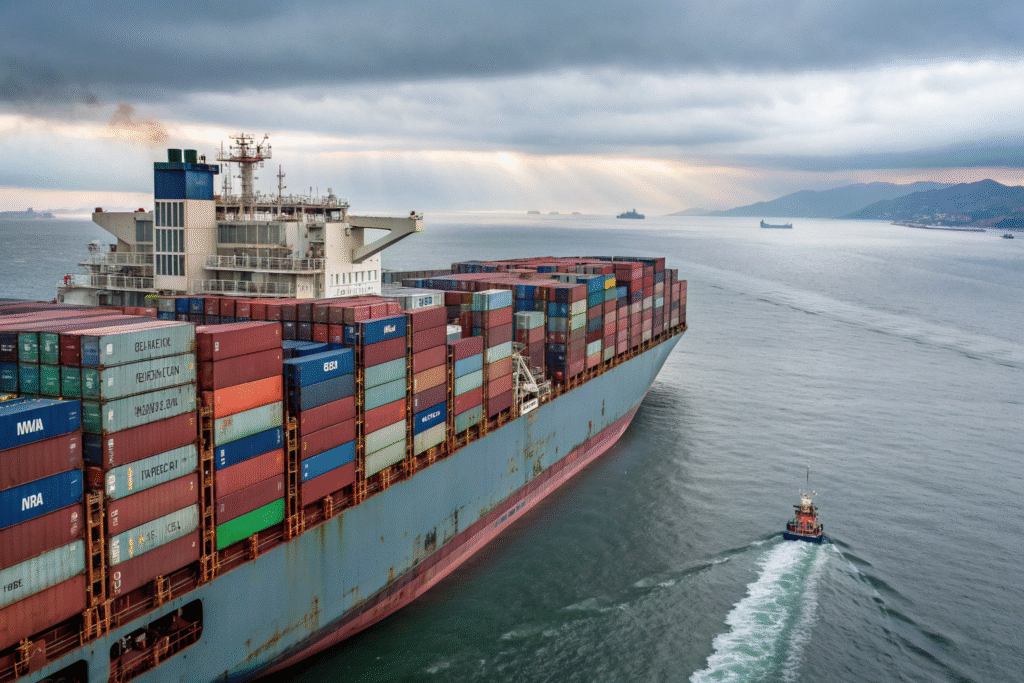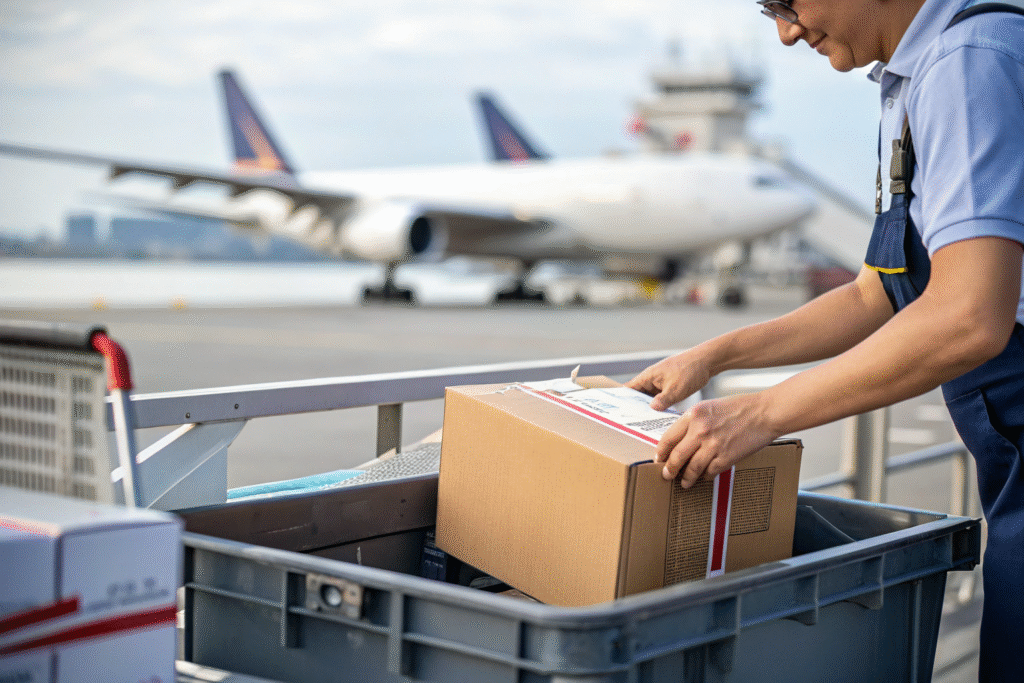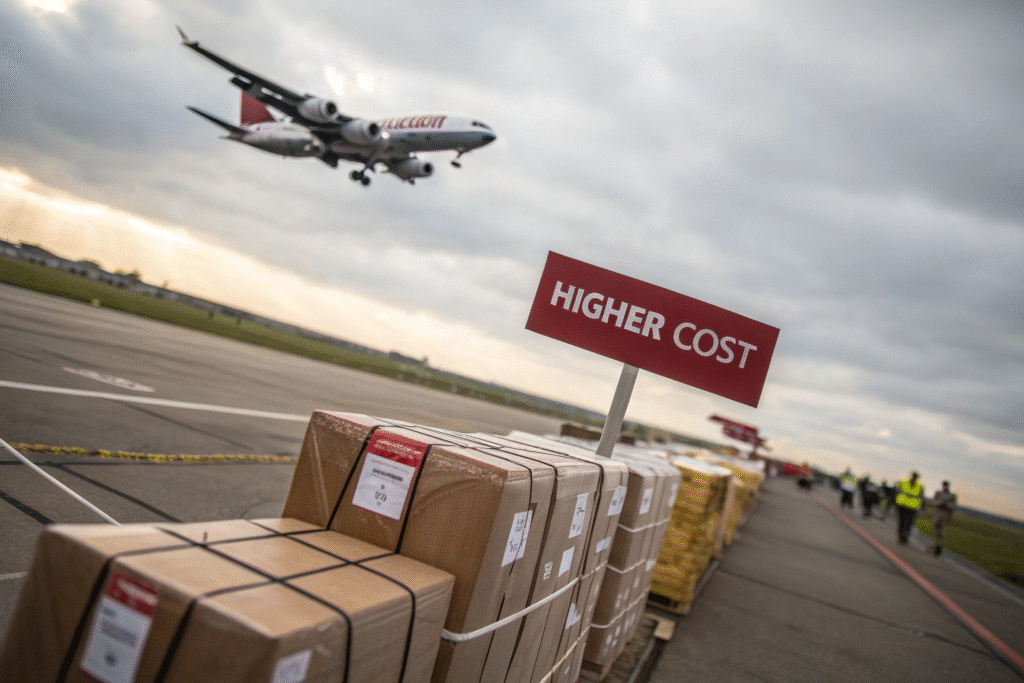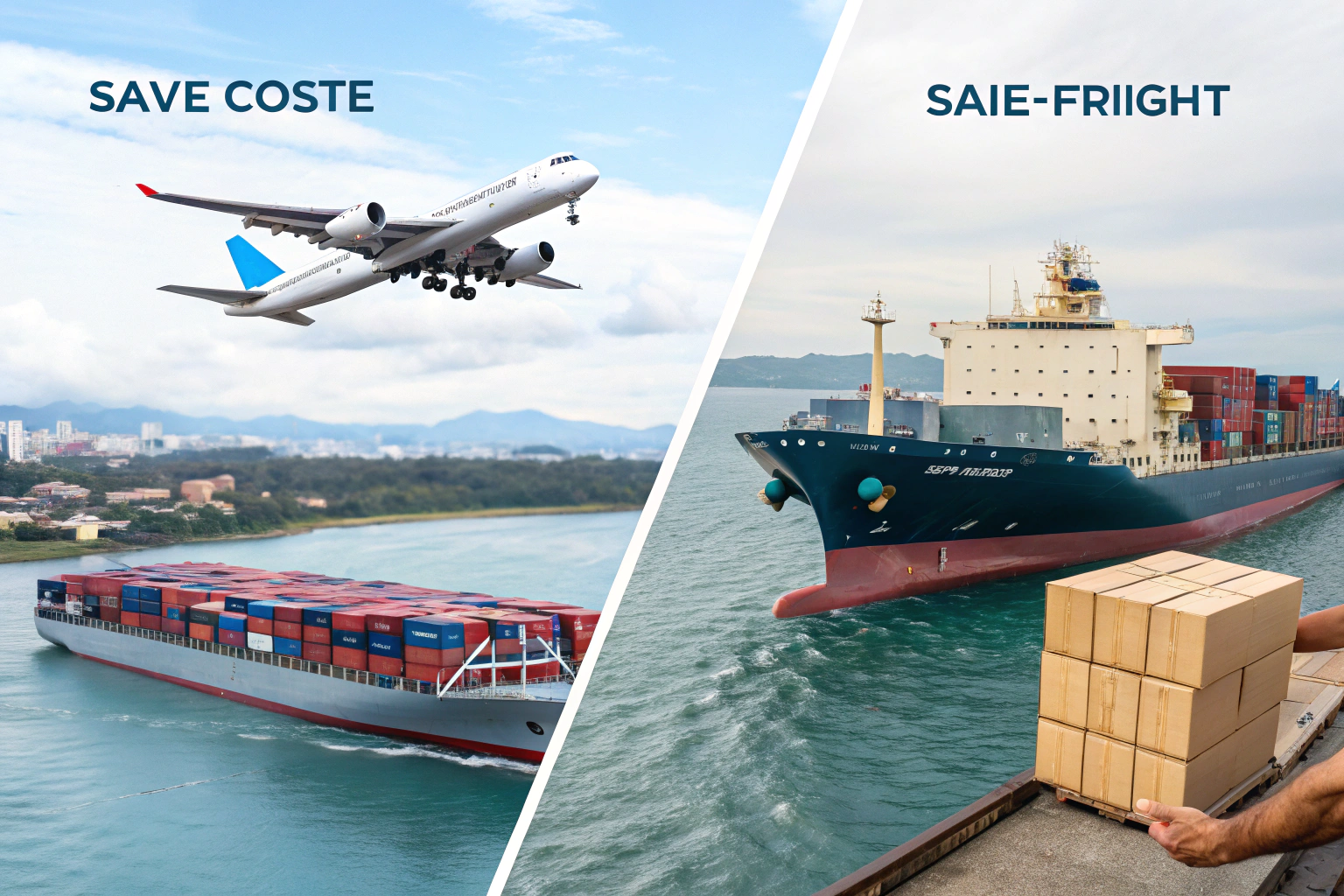This question comes up so often that I could almost predict it before clients ask. “What’s the cheapest way to ship from China to the U.S.?” Well, I understand why—it’s not a small detail. Shipping costs can quietly eat away at profits. Actually, I’ve seen companies with great products fail just because they didn’t manage logistics expenses well.
Most of the time, the cheapest option is ocean freight. For smaller loads, LCL (Less than Container Load) is usually the best. For big shipments, FCL (Full Container Load) wins. Postal shipping might work for tiny parcels, but for anything larger, sea freight almost always takes the crown.
From my observation, the businesses that save the most are not the ones hunting for bargain prices at the last minute. They’re the ones who plan early and accept that cheap usually means slower.
Why Is Ocean Freight Usually the Cheapest?
Ocean freight is cheap because of scale. Ships carry thousands of containers at once, and the cost spreads out.
Sea freight is often five to six times cheaper than air freight for the same cargo volume.
I had one client shipping apparel. A 40-ft container by sea cost him about $3,000. Out of curiosity, he asked for an air quote—the answer came back at more than $60,000. He laughed, then said, “I’ll wait.” Honestly, who wouldn’t?

What Are Typical Costs?
- 20-ft FCL: $1,800–$2,800
- 40-ft FCL: $2,500–$4,200
- LCL: usually $30–$60 per cubic meter
For updated numbers, sites like Freightos show current rates.
What About Transit Time?
It’s not fast. Expect 15–20 days to the West Coast and 25–40 days to the East Coast. Carriers such as Maersk or COSCO update schedules often, but delays do happen.
When Do Postal Services Beat Ocean Freight?
Surprisingly, for very small shipments, postal options can be cheaper than anything else.
If you’re shipping a parcel under 2 kg, services like China Post or ePacket are often the most economical.
I once helped a small e-commerce seller moving phone cases. Each package weighed less than 500 grams. Sending them by sea or air made no sense. With ePacket, each shipment cost just a few dollars, though delivery took a few weeks. He didn’t mind—his customers were used to waiting.

Which Postal Methods Work Best?
- China Post Air Parcel: budget-friendly for under 20 kg
- ePacket: popular with sellers on AliExpress
- EMS: a bit faster but more expensive
The Downsides?
Slow transit—two to four weeks, sometimes longer. Tracking isn’t always reliable. In my experience, customers start complaining if updates disappear for days.
Is Air Freight Ever Cheap?
Air freight and “cheap” usually don’t belong in the same sentence. But still, there are exceptions.
For shipments around 100–500 kg, consolidated air freight can sometimes compete with sea plus express handling.
One client of mine shipped 200 kg of electronics. The rate came to about $5/kg. It wasn’t cheap-cheap, but for the speed—five days door-to-door—it was acceptable. He said, “I’d pay again, but only for urgent goods.”

When Does Air Freight Make Sense?
- High-value items like electronics
- Perishable goods such as seafood or flowers
- Deadlines where late delivery costs more than freight itself
Why Not Depend on It?
Because rates swing wildly. According to IATA Cargo, average costs are $5–$8/kg. During peak seasons, they can double. I’ve seen businesses burned badly when prices spiked overnight.
How Do You Cut Costs Even More?
It’s not just about the method—it’s about strategy.
Booking early, consolidating shipments, and working with reliable forwarders all reduce costs.
In my experience, clients who prepare in advance always pay less. Those who wait until the last minute? They pay a premium, every single time.

Practical Tips
- Book space 2–3 weeks ahead
- Use LCL consolidation for small volumes
- Compare multiple quotes on platforms like Flexport
- Avoid shipping during Chinese New Year and holiday peaks if possible
Should You Always Go for the Cheapest?
I don’t think so. Sometimes cheap comes with hidden costs. I’ve seen importers miss deadlines because they chose the slowest option, only to lose sales. Cheap freight is only truly cheap if it still gets your goods where they need to be, when they need to be there.
Conclusion
So, what’s the cheapest way to ship from China to the USA? For most importers, it’s sea freight—FCL for large loads, LCL for smaller ones. For very light parcels, postal shipping might be cheaper. Air freight? Rarely cheap, but sometimes necessary.
As someone who’s been in this industry for years, I’d say the real savings don’t just come from the method. They come from planning. Well, from my observation, businesses that prepare and choose wisely save far more than those who only chase the lowest quote.









